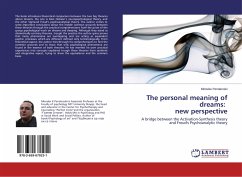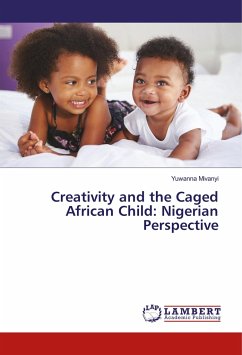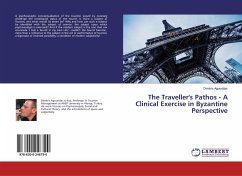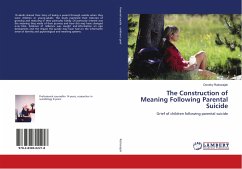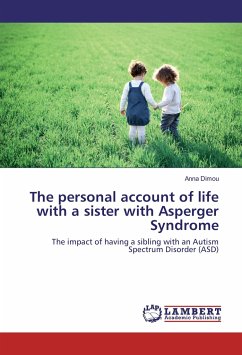The book introduces theoretical comparison between the two big theories about dreams, the one is Alan Hobson s neuropsychological theory, and the other Sigmund Freud s psychoanalytical theory. The author comes to some important conclusions about the middle common grounds between these theories through the practical comprehensions from the prism of the group psychological work on dreams and sleeping. Although they stand as diametrically contrary theories, trough the practice the author gains proves that many phenomena are overlapping and are acting as equivalent psychic processes which are different defined only terminologically. From theoretical aspect, the author tries through his comprehensions to find the common grounds and to show that only psychological phenomena are found in the essence of both theories. He has inserted his own practical experiences into concepts explained trough these theories from synthetic and integrative aspect, trying to show the equivalence and the common basis.

